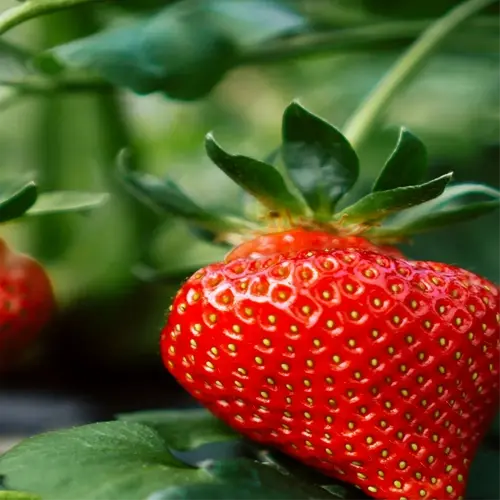Why do tea leaves turn brown after picking?

Written by
Liu Xiaohui
Reviewed by
Prof. Samuel Fitzgerald, Ph.D.Oxidation leads to the browning of tea leaves after they are harvested, which is a natural reaction between oxygen and enzymes in the tea leaves. I know this from personal experience when the unprocessed leaves had turned copper-red in just a few hours. To stop oxidation with green tea, the leaves are steamed right after harvesting (212°F/100°C) to halt the enzymatic reaction and preserve chlorophyll and grassy flavor. For black tea, leaves must undergo full oxidation by fermenting the processed leaves in a high 80% humidity for 24-72 hours.
Enzymatic Reactions
- Polyphenol oxidase breaks down cell structures
- Theaflavins form during controlled fermentation
- Temperature accelerates browning (ideal: 75°F/24°C)
Color Indicators
- Green tea: Immediate heat treatment
- Oolong: Partial reddening (30-70% oxidation)
- Black tea: Full mahogany hue (100% oxidation)
Environmental Factors
- High humidity slows drying, extends oxidation
- Leaf thickness affects reaction speed
- Indoor airflow prevents stale odors
Regional approaches to the manipulation of oxidation are distinctive. Stimulating oxidation of sencha is done in Japan by steaming the leaves for 2 hours, while oxidizing, or pan-firing, Longjing tea is employed by Chinese producers so that the process will capture chestnut notes in the leaves. My experiments demonstrate that rolling leaves tightly (as an example, rolled like oolong tea leaves) has reduced oxidation speed by 40% as compared to spreading the leaves out loosely.
Green Tea Method
- Blanch leaves in steamer for 90 seconds
- Spread on bamboo trays to cool rapidly
- Refrigerate if delayed processing
Black Tea Method
- Ferment in glass jars at 75°F/24°C
- Check hourly for desired aroma
- Stop oxidation at mahogany color stage
Leaves that are too oxidized can be salvaged. My experiment of a 36-hour fermentation batch that I made by accident, produced a rather smoky lapsang alternative after smoking on pine wood. I cannot stress enough to keep an eye on the clock when it comes to oxidation, as a mere 15-minute delay completely ruined my first green tea experiment resulting in bitter, yellow leaves.
Read the full article: How to Grow Tea at Home Successfully

